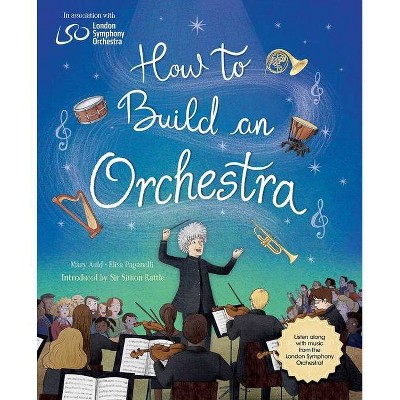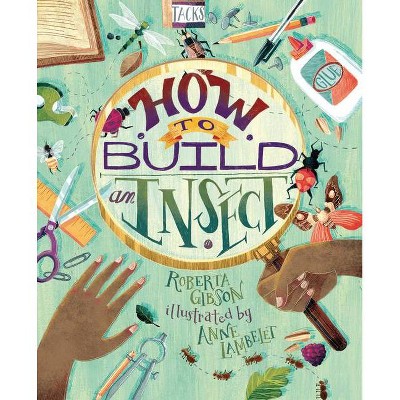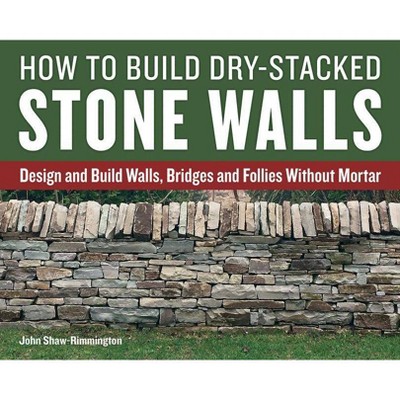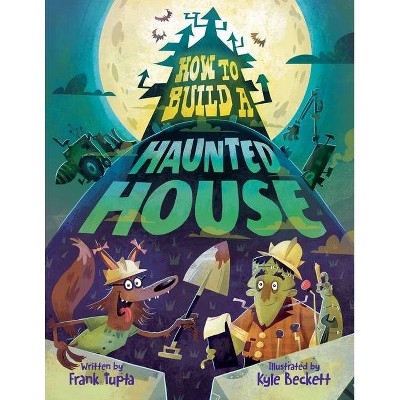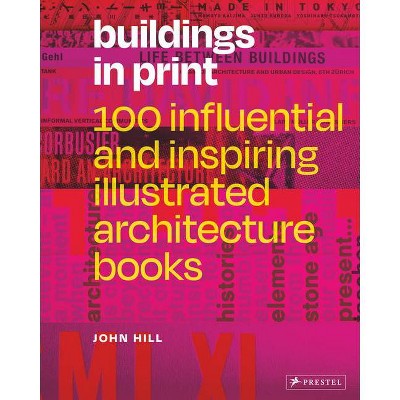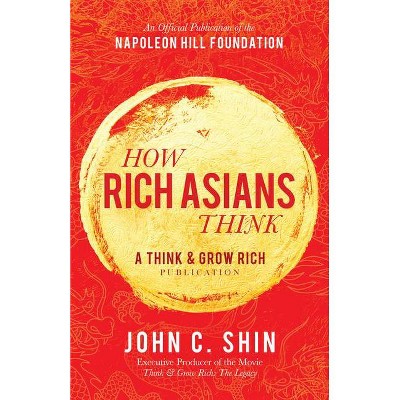How to Build a Skyscraper - by John Hill (Hardcover)
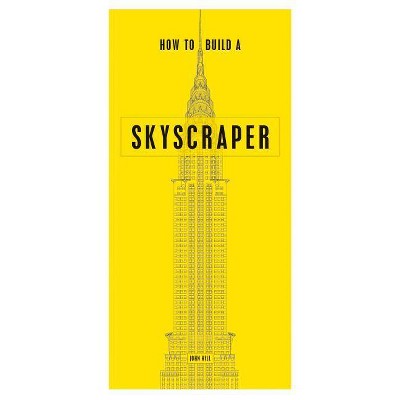
Similar Products
Products of same category from the store
AllProduct info
<p/><br></br><p><b> Book Synopsis </b></p></br></br><p> An architectural expert tours 46 of the world's most significant skyscrapers. </p><p> This distinctive book is the most comprehensive collection of modern skyscrapers published in the last 20 years. Skyscrapers have been piercing the clouds since the end of the nineteenth century but today's soaring land prices are driving developers to build bigger, better and higher while aiming for as small a footprint as possible. </p><p> The lavish spreads feature a large photograph with cross-section drawings plus fact boxes listing location, year of completion, height, stories, primary functions, owner/developer, architect, structural engineer, and construction firm. </p><p> Concise text describes historical context; unusual or innovative construction; engineering and structural systems; foundation, facade, and shape; the site history; and building usage; as well as any special features that make the skyscraper unique. For example, "The Gherkin" at 30 St Mary Axe, London, UK, surprisingly has only one piece of curved glass, despite its rounded shape. </p><p> The 46 skyscrapers in <i>How to Build a Skyscraper</i> appear not for their height but for their pioneering technology, sustainability, and other characteristics that set them apart. They are distributed over the world's most developed regions of North America, Europe, Asia, and Australia. </p><p> Some of the skyscrapers are: <ul> <li> New York City's One World Trade Center next to the site of the two World Trade towers and still known by many people as the Freedom Tower. </li> </p><p> <li> The Kingdom Center, with a hole and skybridge at its top and interiors that call to mind the spaceships of Hollywood, the third tallest skyscraper in Saudi Arabia.</li> </p><p> <li> Bangkok's "Elephant Tower", properly the Chang Building, honoring Thailand's national animal but noted most for its place on "worst building" lists. </li> </p><p> <li> The iconic Shanghai Tower, sculpted for efficiency, reduced costs, and environmental benefit by virtue of its curvilinear form and 120-degree twist. </li> </p><p> <li> The Bank of China in Hong Kong, designed by I. M. Pei, controversial because it was built without the benefit of a feng shui consultation. </li> </p><p> <li> The Taipei Tower in Taiwan, the world's most environmentally responsible skyscraper in reduced water use, energy use, and carbon emissions, and also designed to withstand typhoon winds and earthquake tremors. </li></ul> </p><p> <i>How to Build a Skyscraper</i> also features height comparison graphics of all featured skyscrapers on the inside front and back covers. </p><p/><br></br><p><b> Review Quotes </b></p></br></br><br>A useful ready-reference work and a treat for architecture buffs.--Carolyn Mulac"Booklist" (12/01/2017)<br><br>The design and construction of forty-six buildings from five continents reflect consideration of economics, natural phenomena, functionality, and aesthetic preferences. The choice of buildings includes those with particularly ambitious design and awe-inspiring architectural detailing, ranging from older buildings, such as the Chrysler and Empire State buildings, to newer buildings, such as One World Trade Center and the Shanghai Tower. The two-four page entries for each building include such information as historical background, information about the people involved (the architects and the owners), basic and detailed design information, comparison to similar buildings, materials used, site location, etc. Color illustrations, some with cut-away views of certain cross-sections, provide interesting details. A glossary at the end helps with some of the architectural terminology that may be unfamiliar to most readers and is followed by an index. This resource would serve as a very informative beginning to further research.-- (03/01/2019)<br><br>Deeply researched yet accessible to nonarchitects, this smartly presented survey of 45 skyscrapers around the globe includes three Chicago towers -- Tribune Tower, the John Hancock Center and Willis Tower -- and others, like the world's tallest building, Dubai's Burj Khalifa, that were designed here... Handsome color photographs, fact-packed summaries and crisp drawings (especially, a lucid cutaway look at each skyscraper) enhance his bite-sized blocks of text... This book stays true to its title, probing beneath the skin of skyscrapers to reveal their structural bones and the other things that shape them. It's a fine primer, especially for skyscraper geeks in search of a vicarious 'round-the-world tour.-- (11/26/2017)<br><p/><br></br><p><b> About the Author </b></p></br></br><p> John Hill is a registered architect, editor-in-chief of the Daily News section of World-Architects.com (over 100k monthly visitors) and founder and editor-in-chief of the blog A Daily Dose of Architecture (www.archidose.org). He is the author of <i>Guide to Contemporary New York City Architecture</i> and <i>100 Years, 100 Buildings</i>, and he oversees the Building of the Year competition for the American branch of the World-Architects.com platform. He has a strong presence on key social media channels, including Twitter (11.2k). He focuses on writing, blogging and editing projects and gives architectural tours of New York City. </p>
Price History
Price Archive shows prices from various stores, lets you see history and find the cheapest. There is no actual sale on the website. For all support, inquiry and suggestion messagescommunication@pricearchive.us

